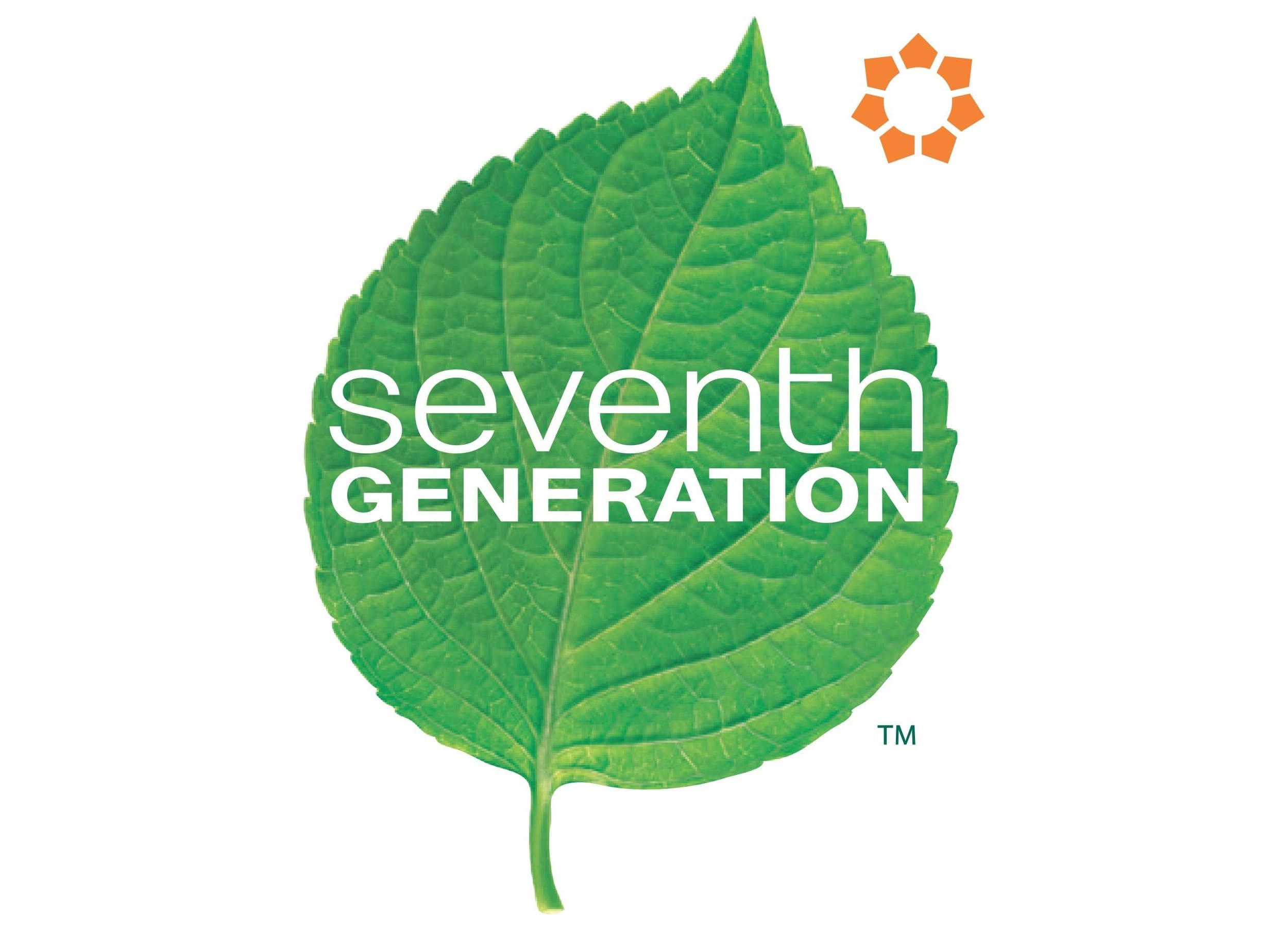“Making Sustainable Change is a collaborative effort of America’s Plastic Makers® and partners seeking to end plastic waste. Because plastic is essential to creating a lower-carbon future, building our nation’s essential infrastructure and strengthening our domestic supply chains, we are taking action to prevent it from going to waste.”
Making Sustainable Change is a creation of the American Chemistry Council’s Plastics Division and its members. These members include some of the largest plastic manufactures in America.
 The vision this coalition of corporations has for a sustainable future involving plastics is: “We’re working for a more sustainable future by investing in solutions that can reduce plastic waste while lowering carbon emissions throughout the plastics lifecycle. And our actions toward a low-carbon future go hand in hand with our goal of protecting the environment — we’ve set a goal of making 100% of plastic packaging used in the U.S. recyclable or recoverable by 2030, and eliminating plastic packaging waste by 2040.”
The vision this coalition of corporations has for a sustainable future involving plastics is: “We’re working for a more sustainable future by investing in solutions that can reduce plastic waste while lowering carbon emissions throughout the plastics lifecycle. And our actions toward a low-carbon future go hand in hand with our goal of protecting the environment — we’ve set a goal of making 100% of plastic packaging used in the U.S. recyclable or recoverable by 2030, and eliminating plastic packaging waste by 2040.”
This vision emphasizes the desire to expand recycling capabilities and reduce plastic waste. However, I think it is important to realize what they mean by “reducing waste.” I believe what they suggest is to try rerouting plastic destined for landfills back towards manufactures to be incorporated into new plastic. It is a vision of a circular plastic lifecycle. However, it appears they want the volume of plastic being consumed to remain constant or increase. They make no mention of reducing the amount of plastic being consumed. Further, their advocacy of recycling is in contrast towards organizations that show current recycling approaches to be an ineffective way to reuse plastic. The plastic soup foundation states, “The problem with recycling plastic is that it doesn’t really happen. For example, plastic litter is not separated during collection in The Netherlands. It can’t be used to make the same products again; for example, food packaging that is recycled cannot be used again as food packaging.” You can’t rely on recycling to create a circular economy if the plastic cannot be reused to create the same product again.
“By changing our approach to how we make, use and recapture plastic while emphasizing the value and versatility of a material that enables us to do more with less, we can create a lower-carbon and lower-emission future.”
When reading about this organization, you encounter repeated use of “we.” This implies an extended manufacturing responsibility for plastic. However, their advocacy for recycling shows an extended consumer responsibility for plastic waste. These companies don’t appear to want responsibility for their plastic after it leaves their manufacturing plants. There is no mention of the environmental externalities of plastic and how they could address them. There is no solution presented for addressing the current plastic in the environment. There is nothing that shows that these companies want to take responsibility for the full lifecycle of their product. Which is needed for a circular plastic lifecycle to exist. The messaging of the organization doesn’t match its actions. I can’t see any meaningful desire to address the plastic problem in the short term from this organization.






